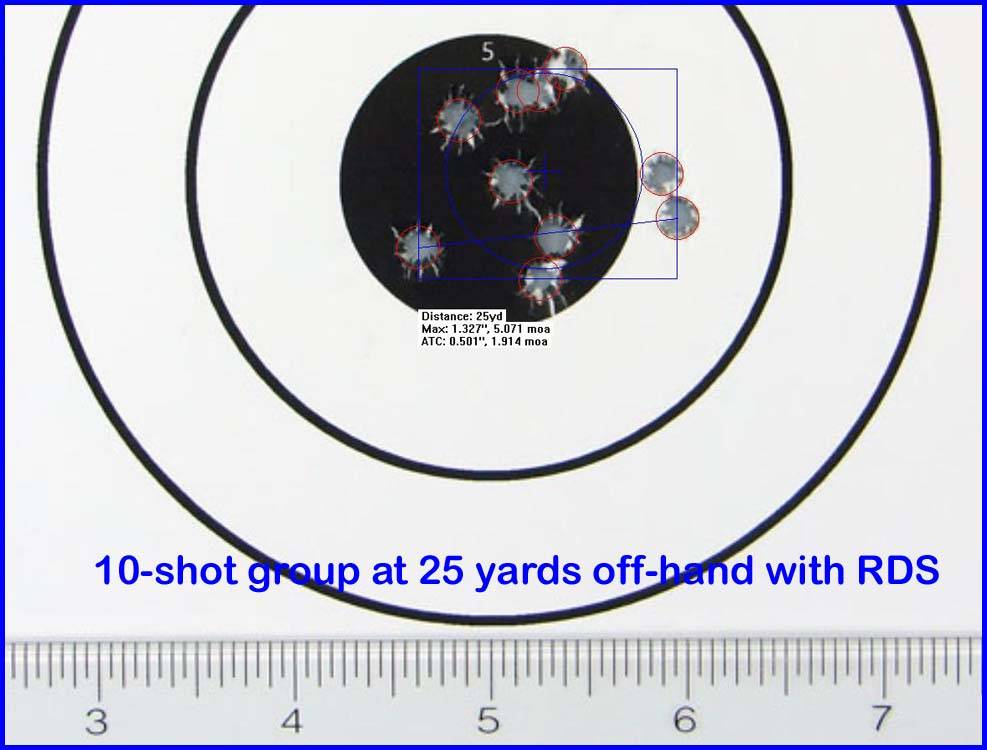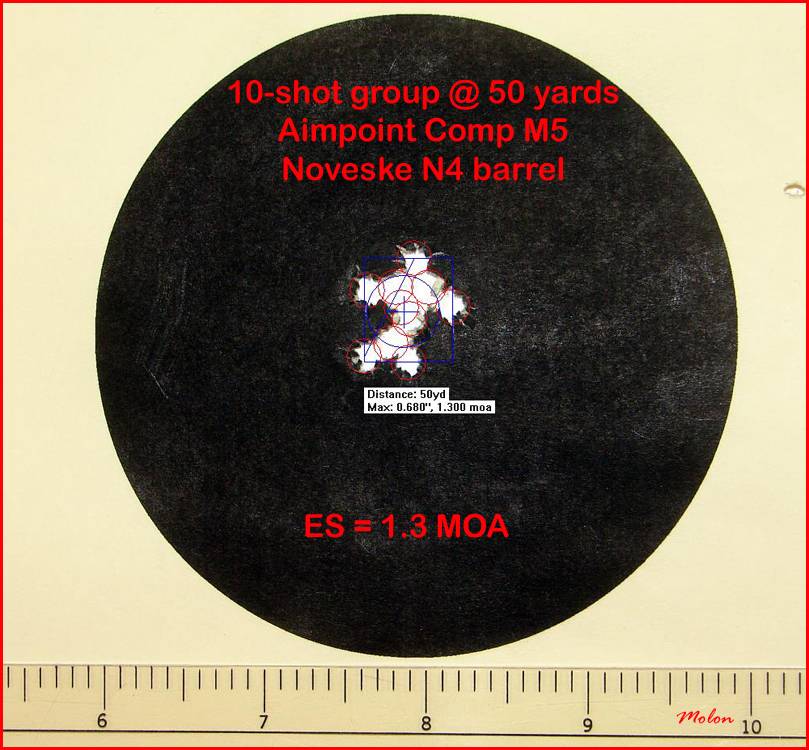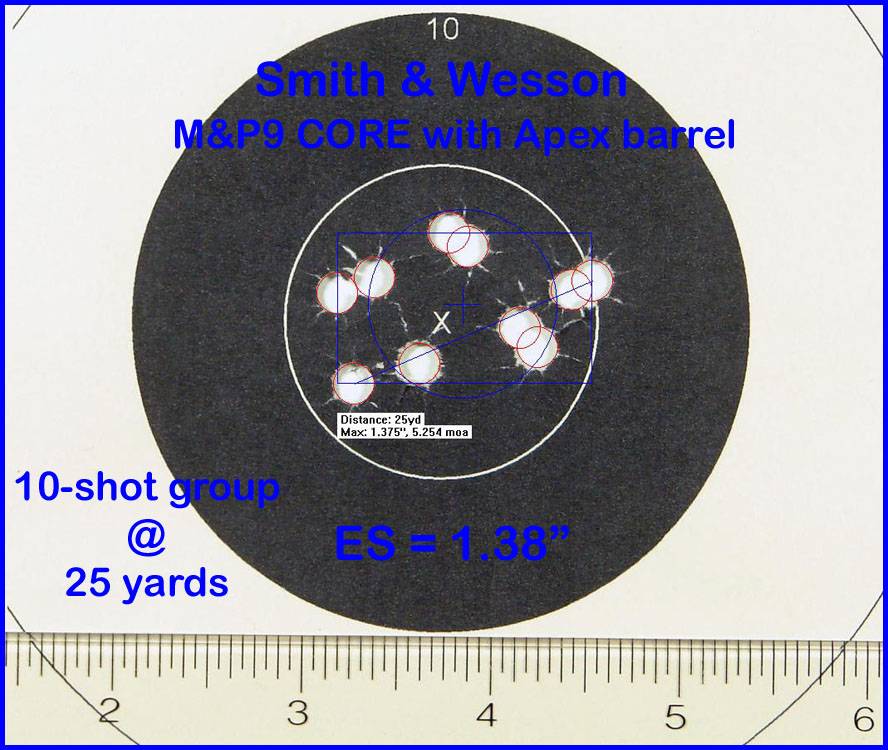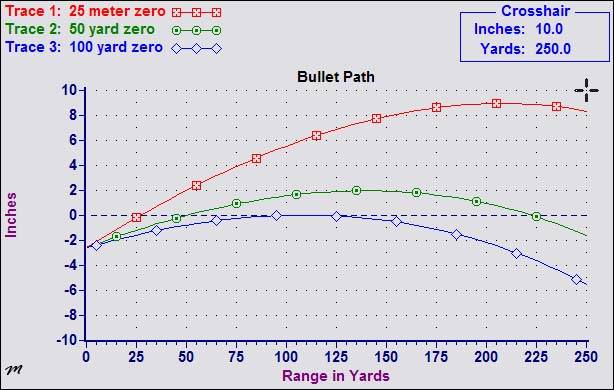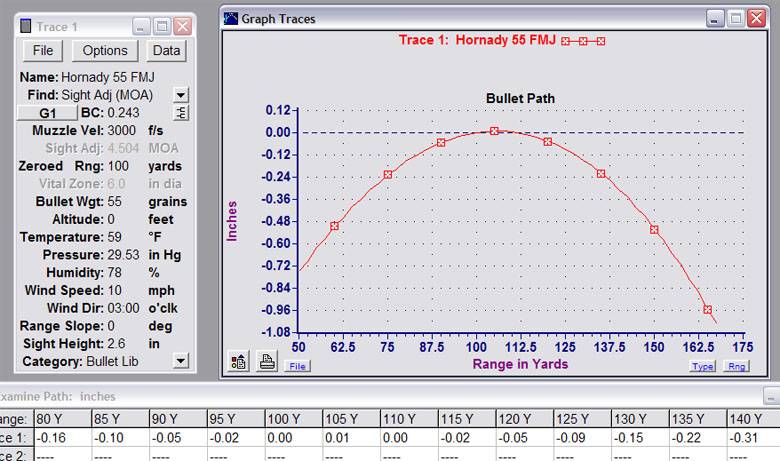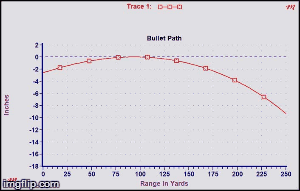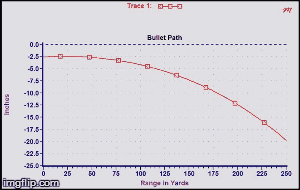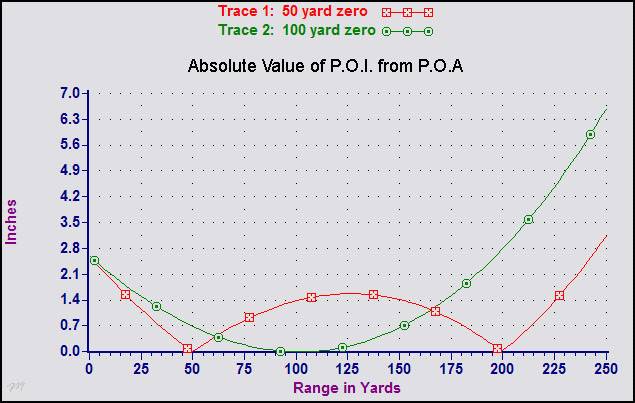Would you consider this a decent 50 yard zero? Shooting from prone with a backpack supporting the gun.
AR-15
Sig Romeo 5 red dot
12.5 Rosco barrel
Rise armament RAV140 trigger
Surefire Warcomp
62grain 5.56 Fortis Scott ammo

AR-15
Sig Romeo 5 red dot
12.5 Rosco barrel
Rise armament RAV140 trigger
Surefire Warcomp
62grain 5.56 Fortis Scott ammo


